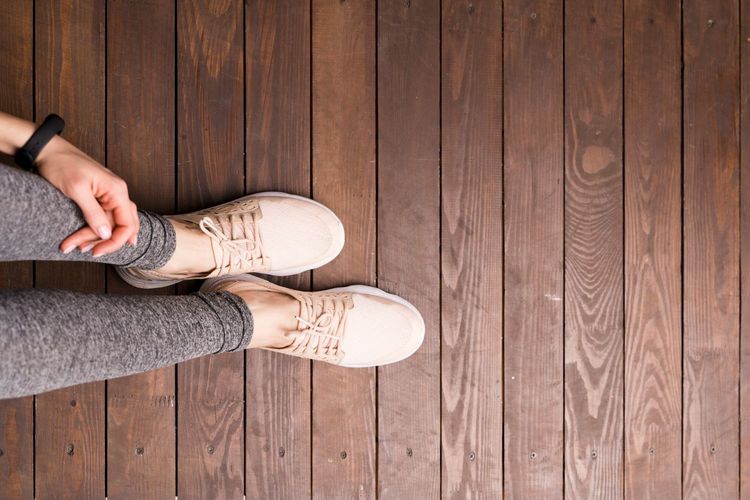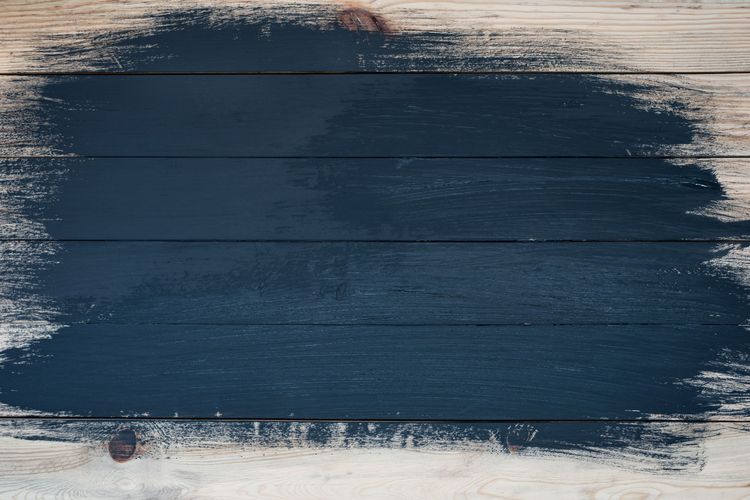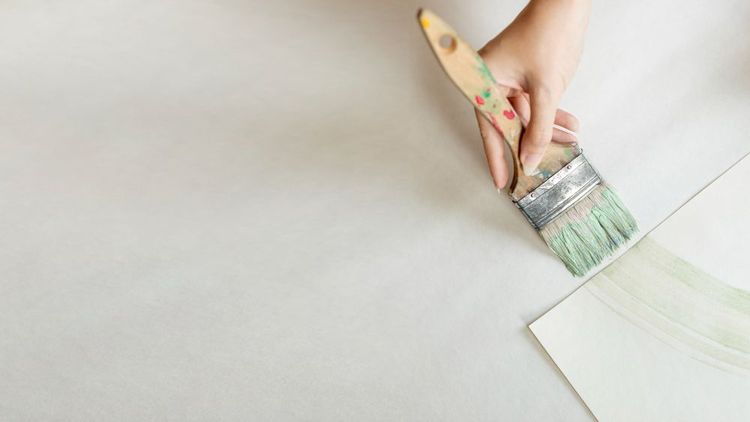How to Protect Wooden Floors from Pet Damage
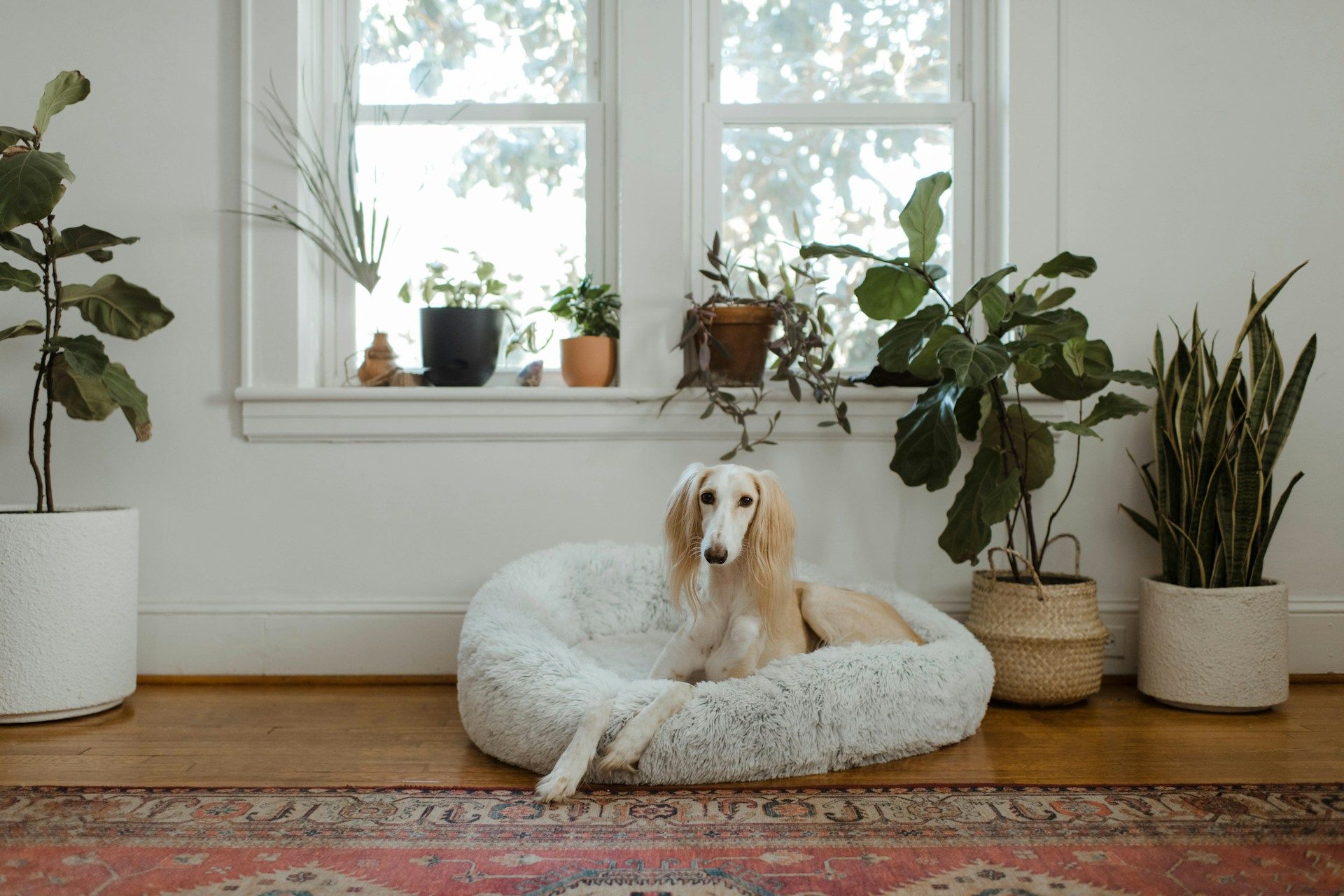
Sharing your home with beloved pets brings immense joy, but their playful antics, scampering claws, and occasional accidents can pose a significant challenge to the beauty of your wooden floors. Scratches, dents, stains, and wear patterns are common concerns. However, with proactive strategies and consistent care, you can achieve a harmonious coexistence where gleaming floors and happy pets thrive together.
The Core Offenders: Understanding the Damage
Pets impact wood floors in several key ways. Their claws, especially on larger or more active dogs, act like tiny chisels, leaving scratches and gouges as they walk, run, play, or scramble for traction. Dents can occur from the concentrated pressure of a dog standing still or a dropped heavy toy. Urine, vomit, or spilled water left unattended can seep into the wood grain, causing stains, warping, or finish damage. Even dirt and grit carried in on paws act as sandpaper, accelerating wear on the finish over time. Recognizing these threats is the first step towards effective prevention.
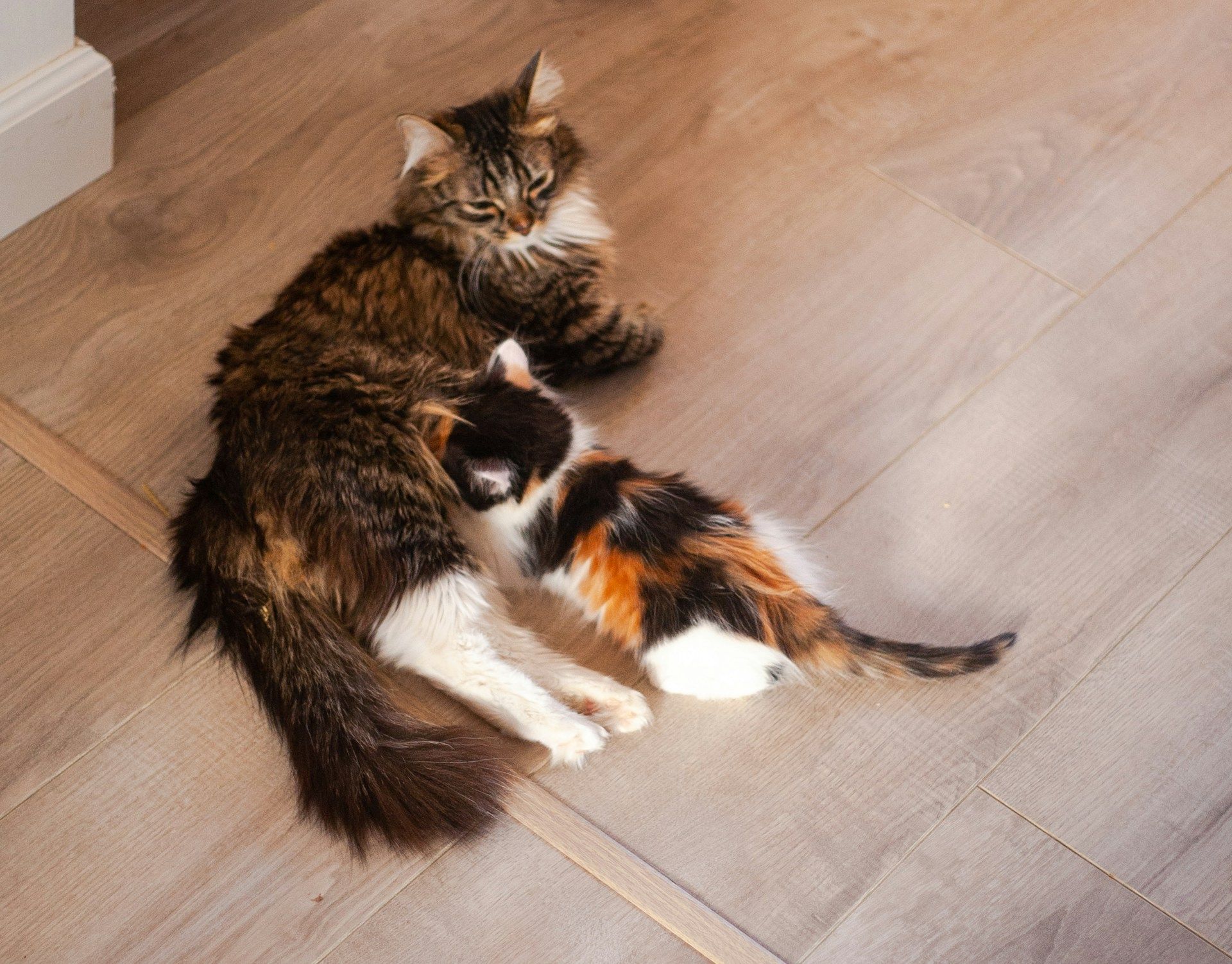
Proactive Defense: Building a Scratch & Stain Shield
Prevention is always easier than repair. Implementing these measures significantly reduces the risk of damage:
- Master the Claw: Regular nail trims are non-negotiable. Keep claws short and smoothly filed (consider professional grooming if needed). Explore soft nail caps as a temporary barrier. For dogs, encourage calm indoor behaviour and provide non-slip rugs near favourite launch pads (like sofas) to minimize frantic scrambling.
- Strategic Floor Coverage: Area rugs and runners are your best friends. Place them generously in high-traffic zones (hallways, entryways), under food/water bowls, in front of favourite furniture, and in play areas. Choose durable, low-pile, washable rugs with non-slip backings. Welcome mats inside every entrance help capture dirt and moisture from paws.
- Paw Protection & Hydration: Apply pet-safe paw balm or wax regularly. This moisturizes pads, prevents cracking, and can provide a slight protective barrier. Wipe paws thoroughly with a damp cloth every time your pet comes inside, especially in wet or snowy weather. Keep a dedicated towel by the door.
- Barrier Boosters (For Finishes): If your floors have a traditional polyurethane finish, consider adding protective felt pads to furniture legs and pet beds/bowls that slide. For oiled floors, maintain a robust protective layer with recommended natural waxes or hardwax oils designed for high traffic. Some owners find success with specialized, pet-safe floor coating systems applied professionally over existing finishes for extra scratch resistance.
The Cleaning Imperative: Swift & Safe Responses
Accidents happen. The key is immediate and appropriate action:
- Blot, Don't Rub: For liquid spills (water, urine, vomit), grab absorbent paper towels or a clean microfiber cloth and blot vigorously, applying pressure. Rubbing pushes liquid deeper. Replace towels frequently until no more moisture transfers.
- Enzyme Power for Organic Stains: For urine or vomit, after initial blotting, clean the area thoroughly with a cleaner specifically formulated with enzymes. These break down the organic compounds causing odours and stains that regular cleaners miss. Always test any cleaner on a hidden spot first.
- Gentle is Golden: Avoid harsh chemicals, ammonia-based cleaners, vinegar (especially on waxed floors), or steam mops. These can strip finishes, damage wood, or leave residues. Use wood-floor-specific cleaners diluted according to instructions, or a well-wrung damp mop with plain water for light cleaning. Dry the floor completely afterwards.
- Dirt Patrol: Sweep or dry mop (microfiber is ideal) daily to remove abrasive grit and pet hair. Vacuum with a soft floor brush attachment weekly. This simple habit drastically reduces microscopic scratches.
Addressing the Inevitable: Scratch & Dent Management
Despite your best efforts, some marks may appear. Here’s how to handle them:
- Surface Scratches (Finish Only): Minor scuffs in polyurethane can often be disguised with a matching hardwood floor scratch concealer pen or paste wax buffed gently into the scratch. For oiled/waxed floors, a light sanding (with very fine grit) followed by reapplication of the specific oil or wax blend usually works.
- Deeper Scratches & Dents: These penetrate the wood itself. For small dents, sometimes steam can help raise the compressed wood fibers (use extreme caution and test elsewhere first!). Deeper scratches and dents usually require professional attention. A floor technician can fill them with coloured wood putty and refinish the spot, or sand and refinish the entire affected area/room for a seamless look.
- Wear Patterns: High-traffic pet paths will naturally show wear sooner. Maintaining a robust protective finish layer (recoating polyurethane or reapplying oil/wax as recommended) is the best prevention. When wear becomes significant, professional screening (light sanding) and recoating, or a full sand and refinish, will restore the floor.
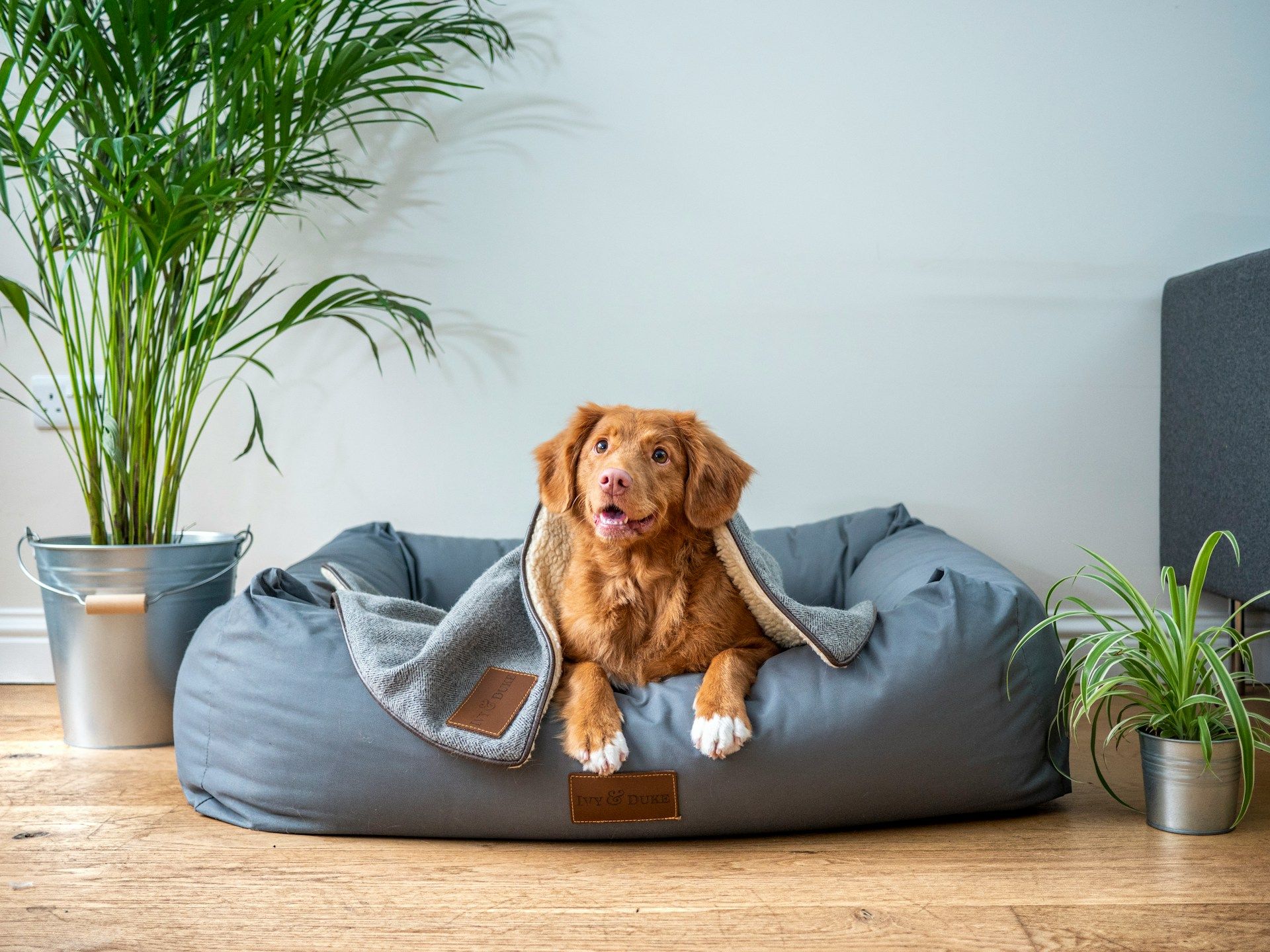
Living in Harmony
Protecting your wooden floors from pets isn't about restriction; it's about smart cohabitation. By prioritizing nail care, embracing strategic rugs, mastering swift and safe cleaning, and understanding repair options, you create an environment where both your cherished floors and your furry family members can flourish. The patina of a lived-in home, including the occasional gentle mark, tells a story of love and shared life – and with these strategies, that story won't include major, preventable damage. Enjoy the pitter-patter of paws on your beautiful, protected wood.

